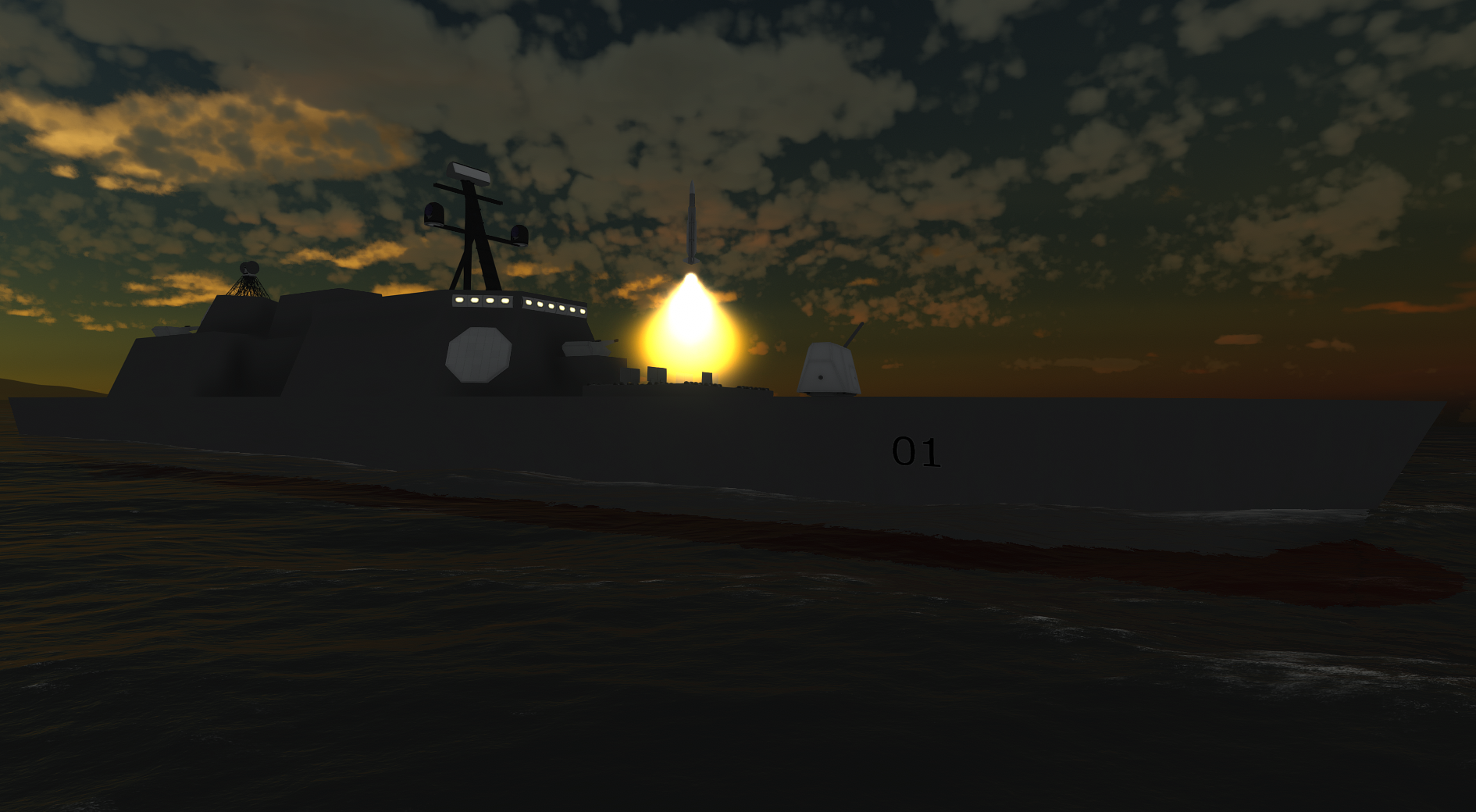Hikaze Class Destroyer: Difference between revisions
Jump to navigation
Jump to search
No edit summary |
No edit summary |
||
| Line 37: | Line 37: | ||
}} |
}} |
||
==Design== |
==Design== |
||
| + | The design of the Hikarinokaze was based on observations of foreign naval fleets and the necessity for an escort type ship within the newly formed Royal Zalkentian Navy. The task of designing and producing a "Large Escort Destroyer" was delegated to Nakirō Heavy Industries (NHI). Designated internally as ''"Project 2184 Large Missile Vessel"'', it was faced with numerous technical issues due to this being the first ship indigenously developed in Zalkent since the Burr War. |
||
[[Category:Naval Craft]] |
[[Category:Naval Craft]] |
||
Revision as of 05:32, 9 June 2024
The Hikarinokaze ("Wind of Light") is a class of Guided Missile Destroyer developed in Zalkent to be fielded in the Royal Zalkentian Navy for multi-mission profiles.
|
Hikarinokaze Class
Prj. 2184 "Hikarinokaze" Multi-Mission Guided Missile Destroyer
|
|||||
|---|---|---|---|---|---|
| Ship | |||||
 |
|||||
| RZS Hikarinokaze DDG-01 testing its Anti-Air Systems c. 2199 | |||||
| Role | Multi-Mission Guided Missile Destroyer | ||||
| National Origin | Zalkent | ||||
| Production History | |||||
| Designed | |||||
| 2184 - 2190 | |||||
| Produced | |||||
| 2197 - N/A | |||||
| Designer | Nakirō Heavy Industries | ||||
| Unit Cost | 192,869 - Unarmed(√) | ||||
| Number Built | 1 | ||||
| Service History | |||||
| In Service | |||||
| 2199 - N/A | |||||
| Used By | Zalkent | ||||
| Vessel Characteristics | |||||
| Complement | 215 | ||||
| Sensors and Processing Systems | Type 78 Radar System Type 81 Sonar System |
||||
| Armament | 48 VLS Cells
3 Oerlikon Millennium Cannons 2 250MW Type 99 Directed Energy Weapon |
||||
| Aircraft Carried | 1 Rotary Wing Aircraft | ||||
Design
The design of the Hikarinokaze was based on observations of foreign naval fleets and the necessity for an escort type ship within the newly formed Royal Zalkentian Navy. The task of designing and producing a "Large Escort Destroyer" was delegated to Nakirō Heavy Industries (NHI). Designated internally as "Project 2184 Large Missile Vessel", it was faced with numerous technical issues due to this being the first ship indigenously developed in Zalkent since the Burr War.